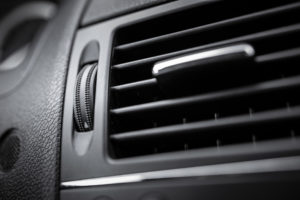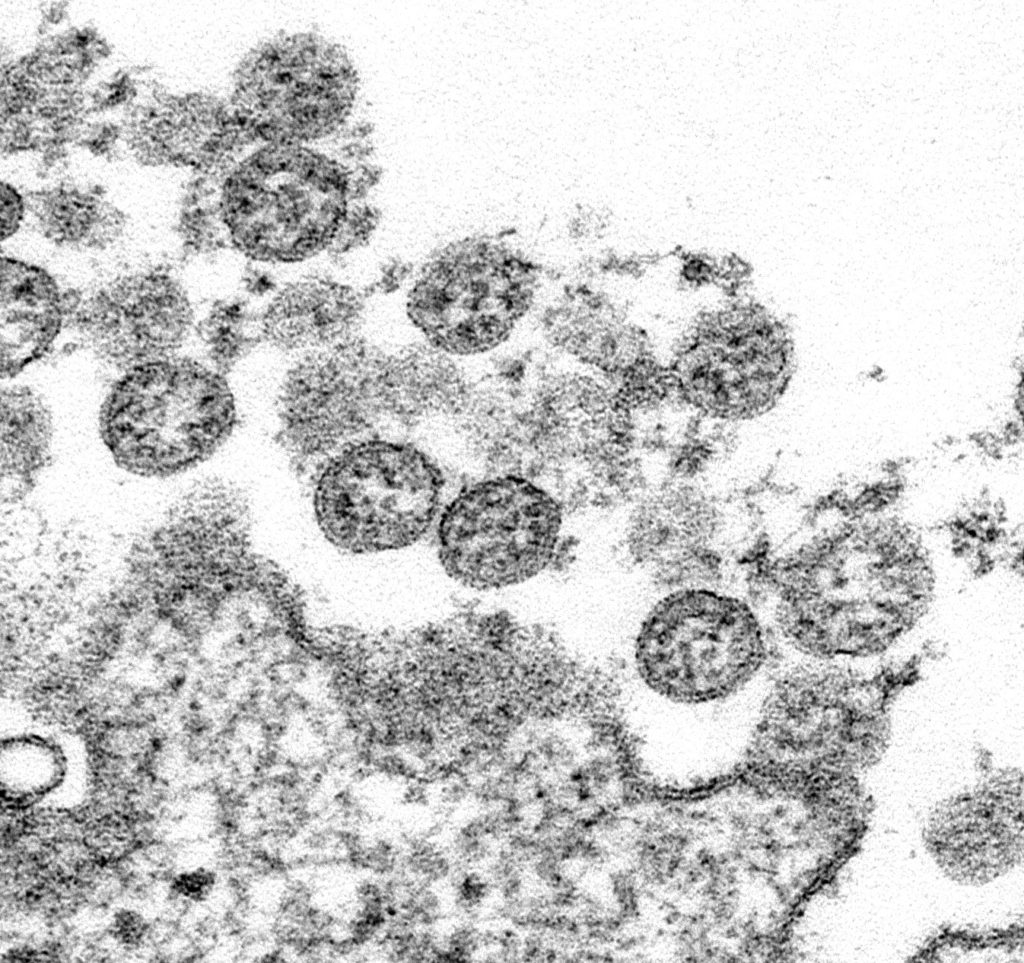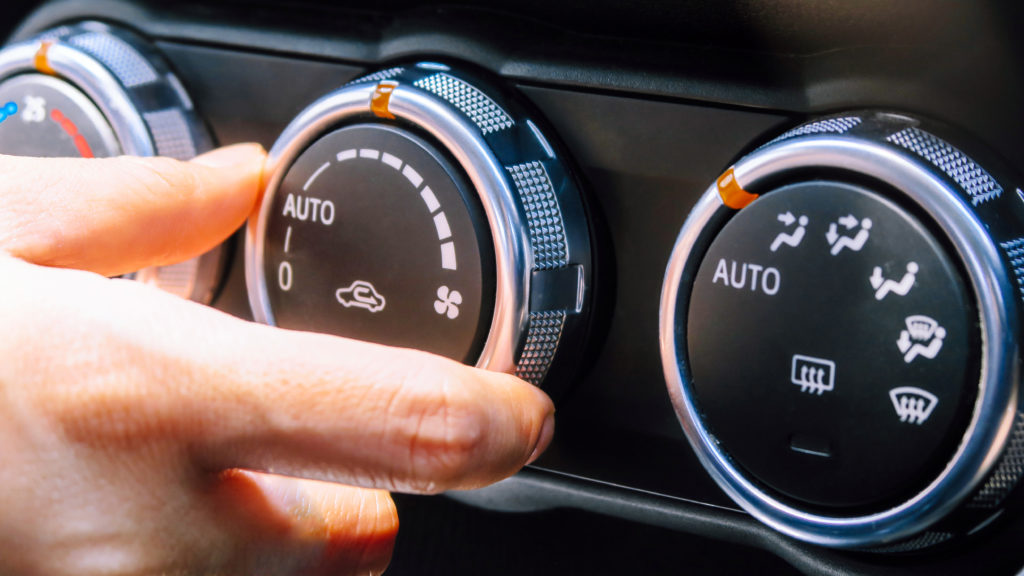
MACS asks OSHA, CDC, EPA to guide auto repairers on COVID-19 cleaning
By onAnnouncements | Associations | Business Practices | Education | Legal | Market Trends | Repair Operations
The Mobile Air Conditioning Society has asked the Environmental Protection Agency, Centers for Disease Control and Occupational Safety and Health Administration for guidelines on cleaning vehicles during the COVID-19 coronavirus pandemic, pointing to the “unique challenge” posed by their interiors.
The Centers for Disease Control has issued guidance for vehicle-related parties like rideshare and food delivery drivers; it’s also discussed cleaning nonemergency vehicles thought to carry a higher risk of COVD-19. However, the agency doesn’t appear to have specifically addressed automotive aftermarket businesses and professionals.
MACS said American roads are estimated to carry 287.3 million vehicles for more than 227.8 million drivers. The cars are “serviced by 763,700 auto service technicians and mechanics at 166,000 different automotive service facilities in the USA, all needing protection from the coronavirus,” MACS CEO Andy Fiffick wrote in an April 20 letter to the EPA. MACS indicated similar messages went to the CDC and OSHA.
“EPA has received the letter and will coordinate with CDC and other federal agencies as appropriate on a response,” an EPA spokesperson wrote in an email.
The CDC and OSHA have not yet responded to similar inquiries we’d submitted.
However, the EPA and CDC on Wednesday also issued new cleaning guidance for all Americans, including businesses.
Vehicle cabins
Fiffick’s letter described the “unique challenge” of cars, light and heavy-duty trucks and other vehicles:
“Each vehicle cabin is a small, self-contained, climate-controlled environment, which restricts movement, requires close contact of occupants, and repeated touching of interior surfaces,” he wrote.
Experts from the restoration industry also called a vehicle cabin challenging during a Society of Collision Repair Specialists webinar on Tuesday.
Rzesnoski noted that a technician sitting in a vehicle touched far more surface area than a professional restorer would encounter in a building, where one’s hands and feet received most of the problematic contact. “You need a protective layer” between the cleaner and the vehicle, according to Rzesnoski.
He encouraged repairers to minimize touch points by remaining outside the vehicle as much as possible to clean it.
Asked if an ideal process would be to clean the vehicle at intake, follow precautions during the repair and then clean the vehicle again before delivery, Rzesnoski called these “the big three stages.”
If you’ve diluted the viral load, disinfected surfaces and maybe let the car sit before turning the vehicle over to technicians, the techs probably didn’t need PPE to work on the vehicle. It’s become a “‘cleaner car,'” not a “‘street car,'” he said.
If the vehicle was a street car, “you’re not touching it without full gear,” Rzesnoski said.
“Service technicians need guidelines for pre-cleaning vehicles prior to service to protect themselves from transmittable diseases and harmful bacteria,” Fiffick wrote. “They also need guidelines for dealing with challenges like servicing cabin air filters, evaporators, and system airflow components, which may become contaminated with virus.
“Finally, guidelines similar to others, are needed for cleaning and disinfecting vehicles, both for the consumer, and service facilities, before returning them to the customer.
“Without guidelines, cleaning misinformation and unverified product claims will thrive and the health of vehicle owners and service technicians may be adversely affected.”
Disinfecting products also aren’t guaranteed to work on porous, soft surfaces like fabric and leather, according to Encircle business development Vice President Kris Rzesnoski and Gearhart and Associates founder Norris Gearhart.
Gearhart said soap and water or hot water steam extraction would be the best options for cloth. Some disinfectants might be more successful if the leather is less porous, “but there’s no guarantees.”
“The temperature inside a vehicle can be from -40°F to 160°F,” Fiffick wrote. “There are a large variety of porous and non-porous surfaces that might need to be cleaned due to contamination. The interior volume per occupant can be small with occupants in close proximity, resulting in easy transmission of virus in the air.”
HVAC systems
Fiffick devoted particular attention to the threat an HVAC system posed to his industry:
Air conditioning panel outlets are close to occupants’ faces, directing air at the occupants face, mouth and nose.
The instrument panel surface can become contaminated by breathing/coughing of front seat occupants. Panel A/C outlets airflow will pull air from the panel surface, mixing it and delivering it toward the cabin interior.
The climate control system in vehicles present different challenges, as compared to a residential environment. Operation of the system allows the selection of 100% exterior (outside air) and cabin recirculated air. In the recirculated mode, system A/C designs for the amount of outside airflow can vary. The number of air exchanges per hour may be less than many household applications. Typical industry requirements, for a home, are in the range of 4 to 6 air exchanges per hour. Some mobile A/C systems operating in the Max cooling mode (recirculated air) have provided at least 6 exchanges per hour.
The velocity of airflow directed onto the occupants is usually much higher than in residential systems.
There are a large variety of filters in some mobile A/C systems that require servicing and some vehicles have no air filter.
Rzesnoski called an inquiry about cabin filters a “great question.” He said that turning the HVAC system off at intake might keep it undisturbed. He said he wouldn’t want to adjust and disturb it and add an extra layer of risk, and he said he would have the customer drop off the car with the HVAC system off.
Gearhart said he would approach a filter like a potentially contaminated vehicle. He said he would isolate the HVAC while working on the car and release it at the end of the repair — without interacting with it otherwise.
Removing the cabin filter opened a “whole new can of worms” and potentially introduced greater contamination than would have arisen otherwise, according to Gearhart.
Even the CDC mentioned the HVAC system in its guidance for ride-share operators and other commercial passenger drivers.
“Avoid using the recirculated air option for the car’s ventilation during passenger transport; use the car’s vents to bring in fresh outside air and/or lower the vehicle windows,” the CDC states.
Existing guidance
The CDC guidance for food delivery drivers offers some ideas about cleaning a vehicle interior:
• Clean and disinfect commonly touched surfaces at the beginning and end of each shift, particularly if the vehicle is also used by other drivers, following the directions on the cleaning product’s label. Clean surfaces that are visibly dirty with detergent or soap and water prior to disinfection. Frequently touched surfaces include the steering wheel, gearshift, signaling levers, door handles, and seatbelt buckles.
• Wipe down items such as pens and electronic signature pads/mobile devices if shared with a delivery recipient after each use.
• Appropriate disinfectants to use for hard non-porous surfaces include:
° EPA’s Registered Antimicrobial Products for Use Against Novel Coronavirus SARS-CoV-2
°Diluted household bleach solutions prepared according to the manufacturer’s label for disinfection, if appropriate for the surface
° Alcohol solutions with at least 70% alcohol (Minor formatting edits.)
The CDC mentions porous surfaces in its guidance for non-emergency vehicles believed to have transported someone suspected of confirmed to have COVID-19:
At a minimum, clean and disinfect commonly touched surfaces in the vehicle at the beginning and end of each shift and between transporting passengers who are visibly sick. Ensure that cleaning and disinfection procedures are followed consistently and correctly, including the provision of adequate ventilation when chemicals are in use. Doors and windows should remain open when cleaning the vehicle. When cleaning and disinfecting, individuals should wear disposable gloves compatible with the products being used as well as any other PPE required according to the product manufacturer’s instructions. Use of a disposable gown is also recommended, if available.
• For hard non-porous surfaces within the interior of the vehicle such as hard seats, arm rests, door handles, seat belt buckles, light and air controls, doors and windows, and grab handles, clean with detergent or soap and water if the surfaces are visibly dirty, prior to disinfectant application. For disinfection of hard, non-porous surfaces, appropriate disinfectants include:
° EPA’s Registered Antimicrobial Products for Use Against Novel Coronavirus SARS-CoV-2, the virus that causes COVID-19. Follow the manufacturer’s instructions for concentration, application method, and contact time for all cleaning and disinfection products.
° Diluted household bleach solutions prepared according to the manufacturer’s label for disinfection, if appropriate for the surface. Follow manufacturer’s instructions for application and proper ventilation. Check to ensure the product is not past its expiration date. Never mix household bleach with ammonia or any other cleanser.
° Alcohol solutions with at least 70% alcohol.
• For soft or porous surfaces such as fabric seats, remove any visible contamination, if present, and clean with appropriate cleaners indicated for use on these surfaces. After cleaning, use products that are EPA-approved for use against the virus that causes COVID-19 and that are suitable for porous surfaces.
• For frequently touched electronic surfaces, such as tablets or touch screens used in the vehicle, remove visible dirt, then disinfect following the manufacturer’s instructions for all cleaning and disinfection products. If no manufacturer guidance is available, consider the use of alcohol-based wipes or sprays containing at least 70% alcohol to disinfect.
Ford and Toyota have also issued advice for repairers on cleaning vehicles, and as noted above, CDC has specifically told businesses to use the EPA’s “List N” of disinfectants against COVID-19.
More information:
“Ask the Experts – How Professional Restorers Deal with “Disinfecting” Vehicles”
Society of Collision Repair Specialists, April 28, 2020
Mobile Air Conditioning Society letter to Environmental Protection Agency
MACS, April 20, 2020
Centers for Disease Control, April 29, 2020
CDC interim COVID-19 guidance for businesses
CDC guidance for businesses with suspected/confirmed COVID-19 cases
Centers for Disease Control COVID-19 coronavirus portal
Environment Protection Agency “List N” of COVID-19 disinfectants
Images:
An HVAC system can be problematic for automotive repairers during the COVID-19 coronavirus pandemic. (deepblue4you/iStock)
“Avoid using the recirculated air option for the car’s ventilation during passenger transport; use the car’s vents to bring in fresh outside air and/or lower the vehicle windows,” the Centers for Disease Control advised rideshare drivers regarding the COVID-19 coronavirus. (ponsulak/iStock)
Virus particles from the first U.S. case of COVID-19 are seen in this transmission electron microscopic image. (C.S. Goldsmith and A. Tamin/Centers for Disease Control)


